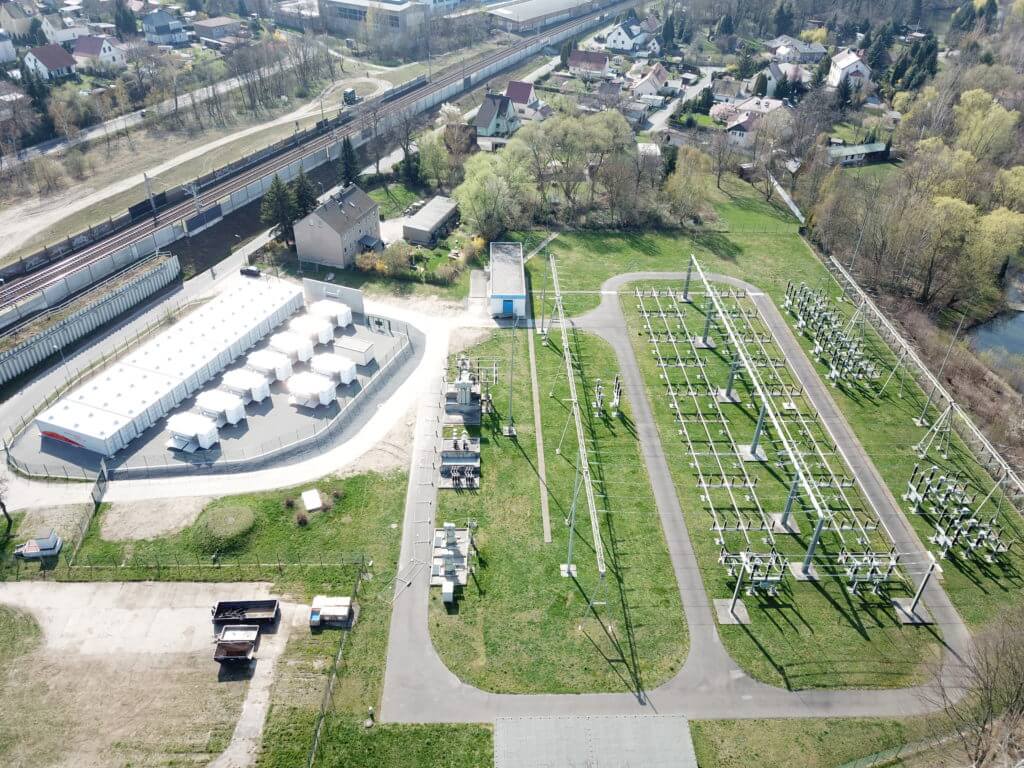
Expert Panel Blog Series: CBI invites Dr Geoffrey May, Battery Science Consultant to provide his views on the key success factors for the deployment of lead batteries in energy storage systems. Geoffrey has worked closely with CBI and ALABC over many years and has seen the organisation grow in importance in driving technical innovation in batteries for all applications.
One of the key topics defined in the CBI Technical Roadmap is the improvement of lead batteries for Energy Storage Systems (ESS) especially for use with renewable energy sources. This will also lead to better performance and durability for industrial batteries for standby and motive power applications.
Renewable energy sources especially solar PV and wind energy are by their nature variable and intermittent and the use of energy storage stabilises the electricity network as well as allowing energy to be stored for use at another time. There are many scenarios and types of application. Public electricity networks have statutory obligations to control system frequency and voltage. Batteries can provide a nearly instantaneous boost to the network or absorb energy as required. This is the electrical equivalent of spinning reserve and provides stability. CBI recently visited two 25 MWh projects utilising lead batteries for frequency regulation in Leipzig and Bennewitz, Germany.

Other applications use energy storage to time shift generation and use or to manage electricity tariffs. Solar PV sources use batteries to store energy during daytime for use at night. This can be used domestically or in local networks where there is no grid connection, for example on the Scottish Islands of Fair Isle and the Isle of Muck lead batteries are being used in energy storage systems harnessing wind and solar power.

The key areas for technical improvement to lead batteries for ESS applications are in cycle life and in partial state-of-charge (PSoC) cycling. For deep cycle life many current generation batteries have lives in the range from 1,000 to 3,000 cycles but there are few batteries being supplied commercially with lives of 5,000 cycles at 70% depth-of-discharge. This is a game changer. Doubling the cycle life or better decreases the cost of ownership in direct proportion. Calendar life needs to increase as well with service lives of 15-20 years. PSoC operation is also important for use with renewables due to their intermittent nature. Solar PV charging may not return the battery routinely to a full charge and improved behaviour under these conditions is beneficial. Charge efficiency is another key parameter and careful management of overcharge is one of the factors in achieving long cycle and calendar life.
The main research areas defined by CBI for ESS batteries are:
In addition to technical improvements there is also a need to look at the operational and capital costs of battery systems. This is normally expressed as the levelized cost of electricity (LCOE) or levelized cost of storage (LCOS) which is essentially the lowest price in $/kWh that electricity may be sold at for a project or system to break even. CBI is working with specialists to build a simple model that will allow lead batteries to be compared with other types of battery or energy storage system and expects to be able to demonstrate this model in the near future.
Lead batteries already enjoy a low price in $/kWh for initial investment and the realisation of extended cycle lives will have a massive impact on LCOS. The recycling credentials of lead batteries are well known and at end-of-life there will be a credit for the lead value whereas for Li-ion batteries recycling routes are the subject of a research effort rather than established methods and there will be a net disposal cost at end-of-life. Lastly and of vital importance lead batteries are much safer than Li-ion batteries. The electrolyte is aqueous and intrinsically non-flammable whereas the electrolyte in Li-ion batteries is an organic liquid which burns readily when ignited. Deployment of battery energy storage in domestic and commercial premises requires safety to be the first priority. Lead batteries already enjoy an important position in ESS applications and with targeted technical improvements there are strong prospects for market growth.
